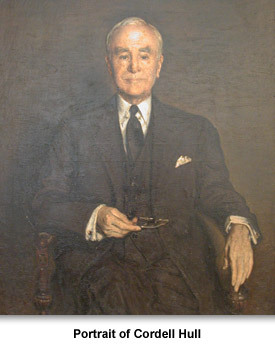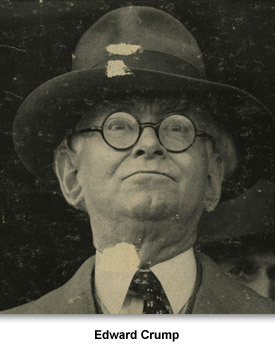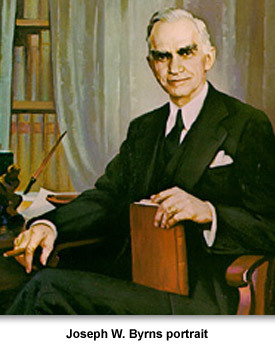The Great Depression & WW II
Tennessee Leaders
Tennessee Governor Hill McAlister came into office in 1933 at a difficult time for the state. As the Great Depression deepened, banks had failed across the state including the Bank of Tennessee which held much of the state’s money. There was an operating deficit of more than $6 million dollars.
Shortly after taking office, McAlister declared a six-day bank holiday which calmed the bank panic. Afterwards, people felt more confident about the safety of their money, and started putting money back in banks. McAlister cut the state expenses enabling him to balance the state budget in two years.
McAlister was also a supporter of the New Deal, and spent much of his time coordinating state efforts to receive federal money and programs.
Four other leaders from Tennessee played critical roles in securing federal dollars for the state from
New Deal programs:
Senator Kenneth D. McKellar
Representative Joseph W. Byrns
Secretary of State Cordell Hull
Memphis political boss Edward Crump
Picture Credits:
- Portrait painting of Cordell Hull by Casimir Stapko, 1945. The painting was done after an earlier portrait by Edward Murray. Tennessee State Museum Collection. 88.162
- A portrait of Joseph W. Byrns by Ella Hergesheimer, done in 1937, after his death in 1936. Byrns served as the Speaker of the U.S. House of Representatives. Collection of the U.S. House of Representatives
- A photograph of Edward Crump which ran in Life Magazine in 1940. The caption says: “Owlish, bushy-browed Edward Hull Crump surveys racetrack crowds at Hot Springs. At 64, he is just about the most potent local boss left in the land.” Memphis and Shelby County Room, Memphis Public Library & Information Center
The Great Depression & WW II >> The Great Depression >> Government Responds >> Tennessee Leaders



 Sponsored by: National Endowment for the Humanities
Sponsored by: National Endowment for the Humanities